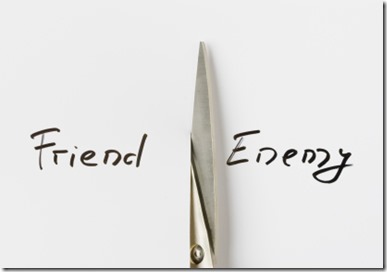Advanced Tip: The "Friendly Opponent" Quote
Many people, when delivering a speech or media interview, like to present data that support their point of view.
If you’re a conservative politician, for example, you might cite a statistic from the conservative Heritage Foundation to bolster your proposal’s credibility.
But it’s even more powerful to quote a source the audience wouldn’t expect you to embrace.
For example, imagine you’re a liberal politician who supports a health care individual mandate. You might say:
“I’d like to read you a quote. It says, ‘If a young man wrecks his Porsche and has not had the foresight to obtain insurance, we may commiserate, but society feels no obligation to repair his car. But health care is different. If a man is struck down by a heart attack in the street, Americans will care for him whether or not he has insurance.’ I agree wholeheartedly with that sentiment. (pause) It may surprise you to know that that quote comes from the conservative Heritage Foundation. We thank them for their support. (laughter)”
You don’t have to be a politician to use this device. Many organizations representing a cause or a business can use their opponents’ quotes for their own benefit. And you can use opponent quotes even if they don’t explicitly contradict something they said earlier.
For example, let’s say you represent a gun control organization. If a gun rights organization says, “We all agree that gun safety is critically important,” you can use that line. If an environmental nonprofit says, “Protecting the environment doesn’t have to eat into corporate profits,” a local industry group can use it.
Sure, it can be persuasive to cite sources that support your point of view. But oftentimes, it can be even more persuasive to surprise your audience by selecting sources that don’t.
A request: If you’ve been enjoying this blog, would you please help share the word? You can forward this link to your colleagues or tell them about it through your social networks. Thank you!




Brad, interesting post with some good advice. It reminds of the debate strategy of presenting the other side of the case and then showing the flaws in that argument. How would you incorporate such a strategy (succinctly) into media interviews?